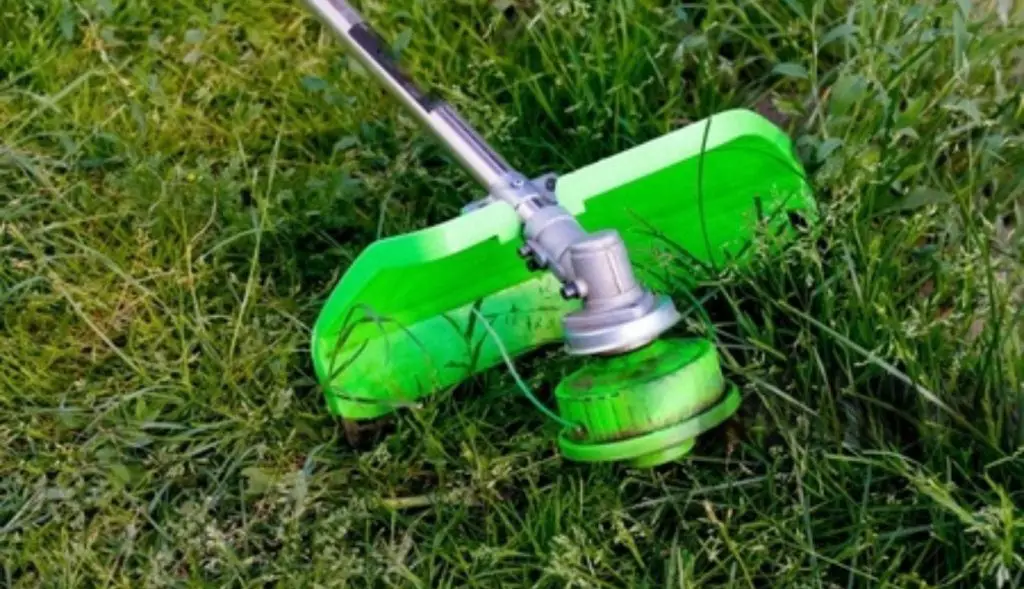Starting a Stihl weed eater can be a breeze when you know the proper steps to follow. Whether you’re a seasoned lawn care professional or a homeowner looking to maintain your yard, understanding how to start your Stihl weed eater is essential. In this step-by-step guide, we’ll walk you through the process, ensuring that you can get your weed eater up and running smoothly every time.
How to Start Your Stihl Weed Eater
Step 1: Checking the fuel and oil levels
Before starting your Stihl weed eater, it’s crucial to check the fuel and oil levels. Without proper fuel and oil, the engine may not start or could suffer from damage. To check the fuel level, locate the fuel tank on your weed eater. Ensure that there’s enough fuel to operate the equipment. If the fuel level is low, fill it up with fresh unleaded gasoline.
Next, check the oil level. Some Stihl weed eaters have a separate oil reservoir, while others may require you to mix oil with the fuel. Consult your user manual to determine the correct oil-to-fuel ratio. It’s essential to use the recommended oil type and not to overfill the oil reservoir. Once you’ve checked and filled the fuel and oil levels, you’re ready to move on to the next step.
Step 2: Priming the engine
Priming the engine helps to ensure an easy and quick start. To prime your Stihl weed eater, locate the primer bulb, usually positioned on the side of the engine. Press the primer bulb several times until you see fuel flowing through the clear fuel lines. This step helps to create the right air-to-fuel mixture, making the starting process more efficient.
It’s important not to over-prime the engine, as this can flood it with excessive fuel. If you notice fuel leaking or a strong smell of gasoline, you may have primed the engine too much. In such cases, wait for a few minutes to allow the excess fuel to evaporate before attempting to start the engine.
Step 3: Setting the Choke
Setting the choke correctly is crucial for a successful start, especially when the engine is cold. The choke helps to enrich the air-fuel mixture, making ignition easier. To set the choke on your Stihl weed eater, locate the choke lever near the air filter cover. Move the lever to the “choke” position, usually marked with a symbol representing a closed or partially closed throttle.
If the engine is cold, set the choke to the fully closed position. For a warm engine, set it to the partially closed position. Setting the choke appropriately ensures that the engine receives the right amount of fuel and air for combustion.
Step 4: Pulling the Starter Rope
With the fuel and oil levels checked, the engine primed, and the choke set, you’re ready to start your Stihl weed eater. Hold the equipment firmly and place one foot on the ground for stability. Locate the starter rope, usually positioned near the engine or at the rear of the weed eater. Grasp the handle firmly and give the starter rope a quick, smooth pull.
If the engine starts on the first pull, you’re good to go. However, if it doesn’t start, give the starter rope another pull. Avoid pulling the rope too forcefully, as this can lead to unnecessary wear or damage. Repeat the process until the engine starts. Once the engine is running, release the choke gradually to the open position.
Troubleshooting Common Starting Issues
While starting a Stihl weed eater is typically a straightforward process, you may encounter some common issues along the way. Here are a few troubleshooting tips to help you overcome these challenges:
Engine not Starting
If your weed eater doesn’t start, double-check that you’ve followed all the previous steps correctly. Ensure that you have enough fuel and oil, prime the engine adequately, and set the choke appropriately. If the problem persists, consult your user manual or seek professional assistance.
Engine Stalling
If the engine starts but stalls shortly after, it may be due to a clogged fuel filter or carburetor. Clean or replace the fuel filter and inspect the carburetor for any blockages. If necessary, clean the carburetor or have it serviced by a professional.
Excessive Smoke or Noise
If your Stihl weed eater produces excessive smoke or unusual noise, it may indicate a problem with the engine’s air filter, spark plug, or muffler. Inspect these components and clean or replace them as needed. If the issue persists, consult a Stihl-authorized dealer for further assistance.
My Opinion
Starting your Stihl weed eater doesn’t have to be a daunting task. By following the step-by-step guide outlined above, you’ll be able to start your equipment with ease and confidence. Remember to check the fuel and oil levels, prime the engine, set the choke correctly, and pull the starter rope smoothly.
Troubleshoot any potential starting issues, and don’t hesitate to seek professional help if needed. Now that you’re equipped with this knowledge, you can tackle your lawn care tasks efficiently and enjoy a well-maintained yard.




